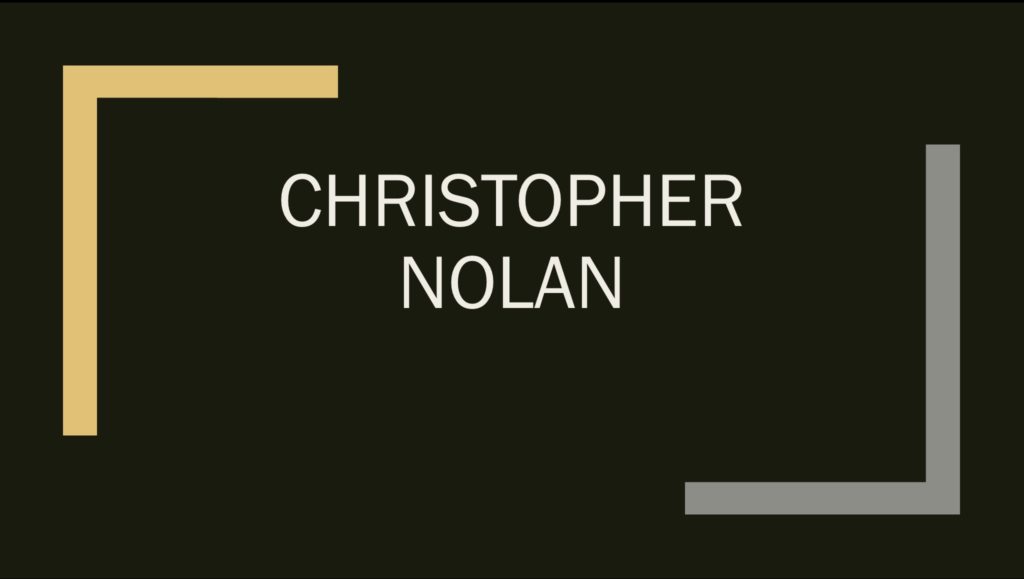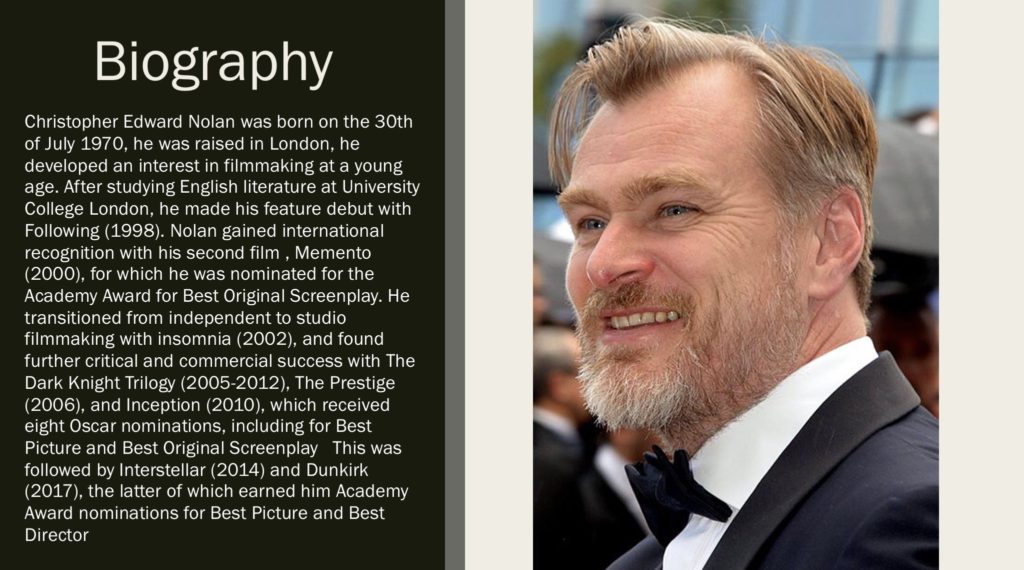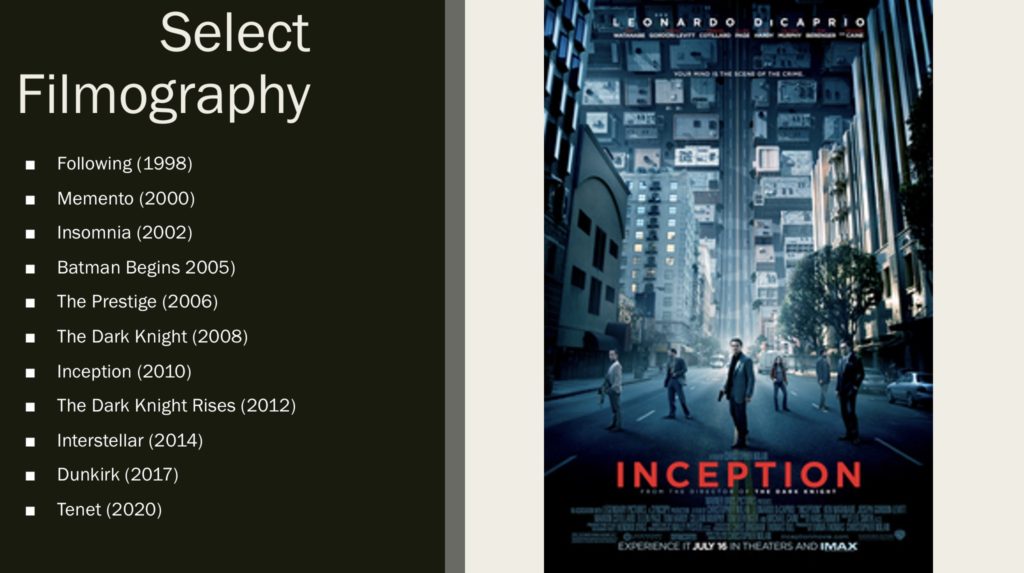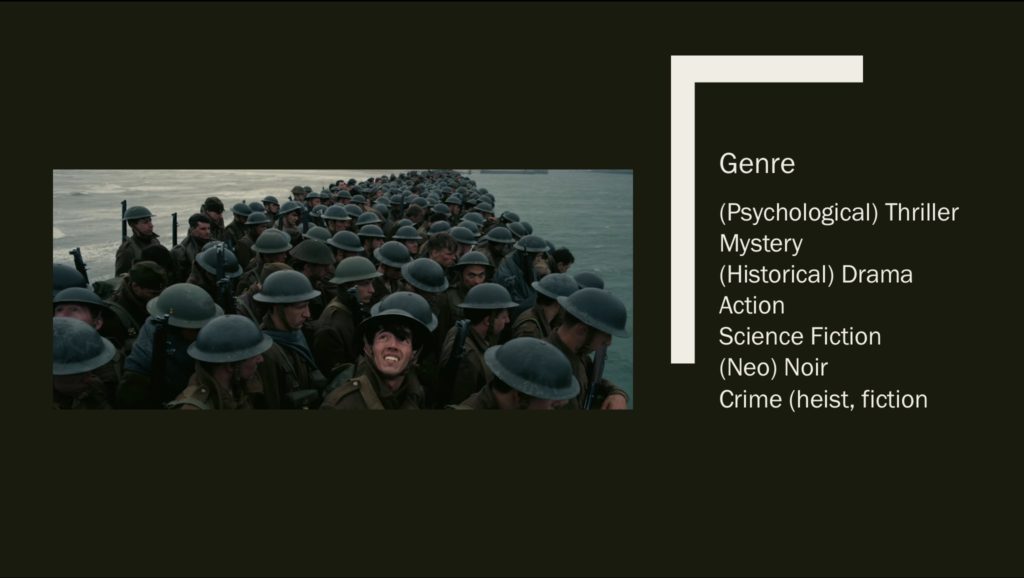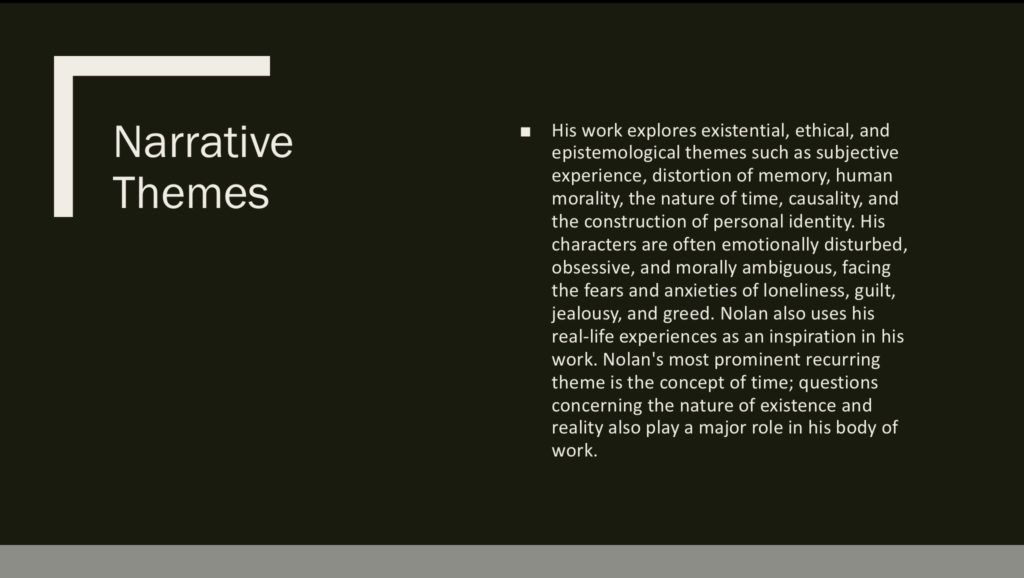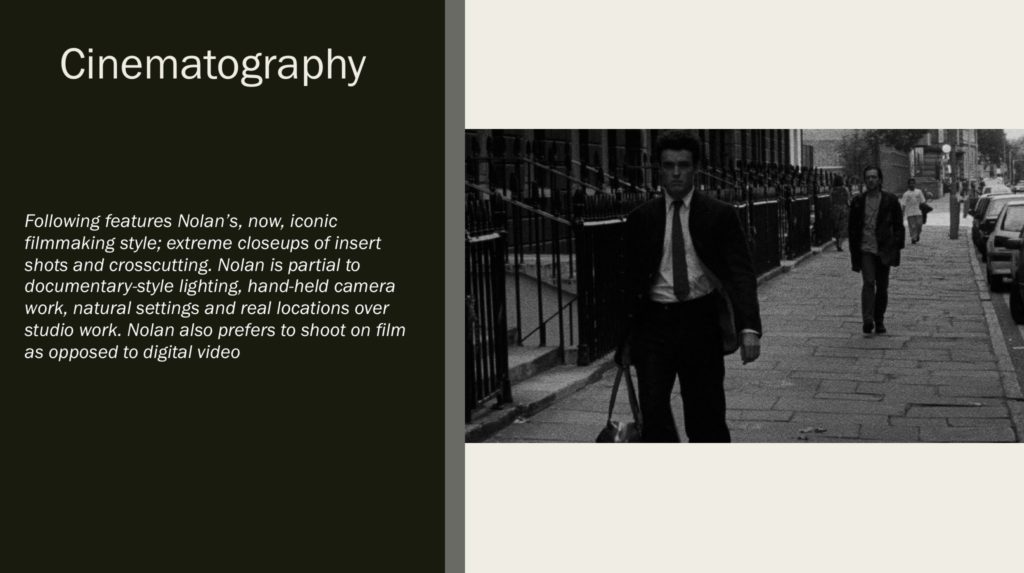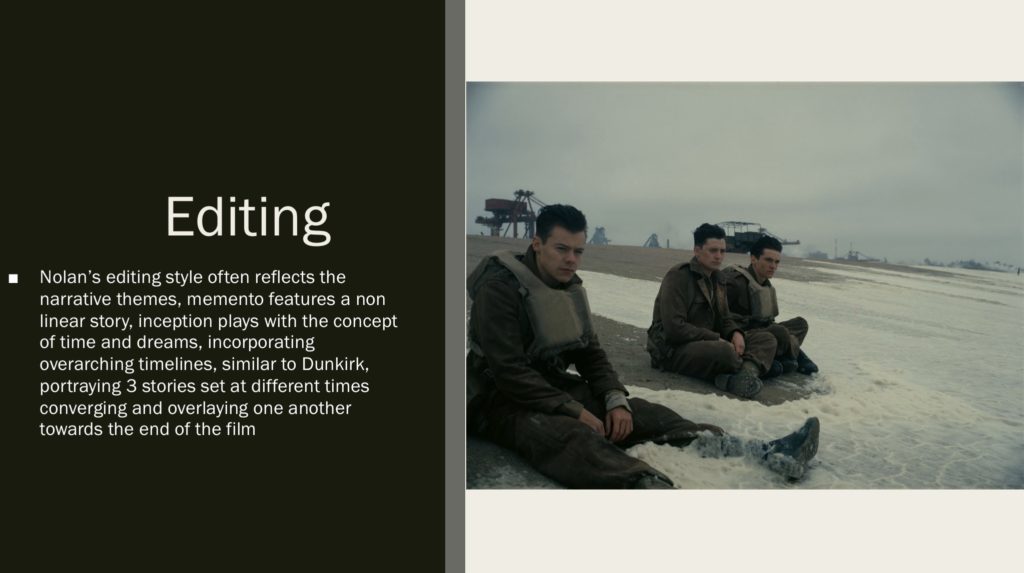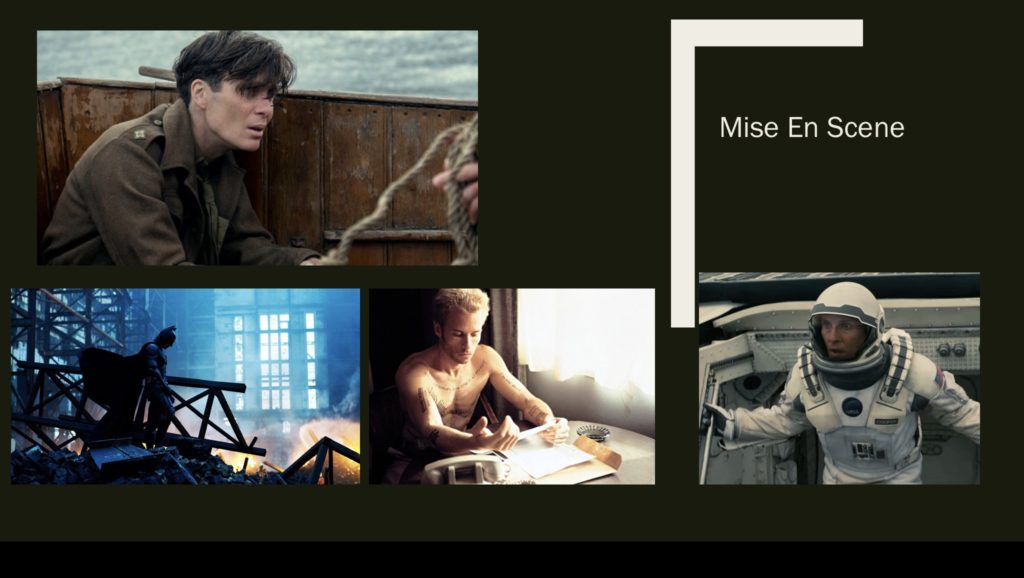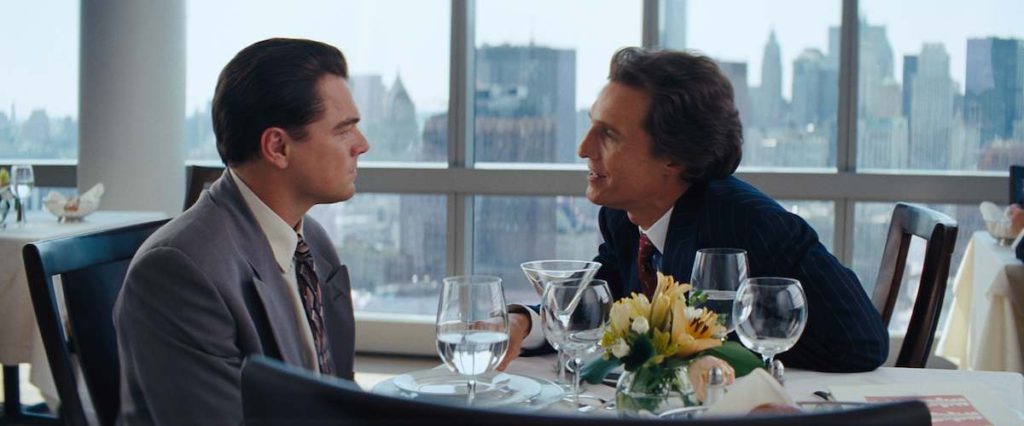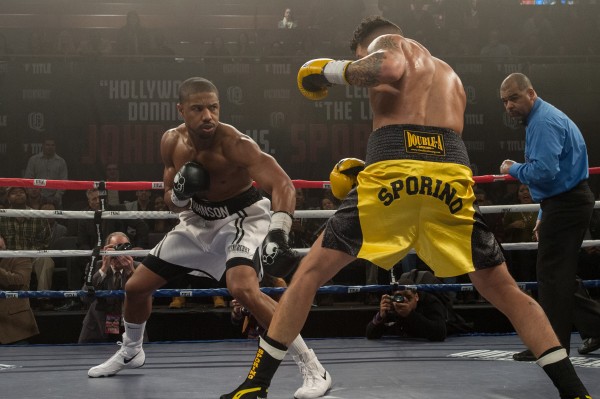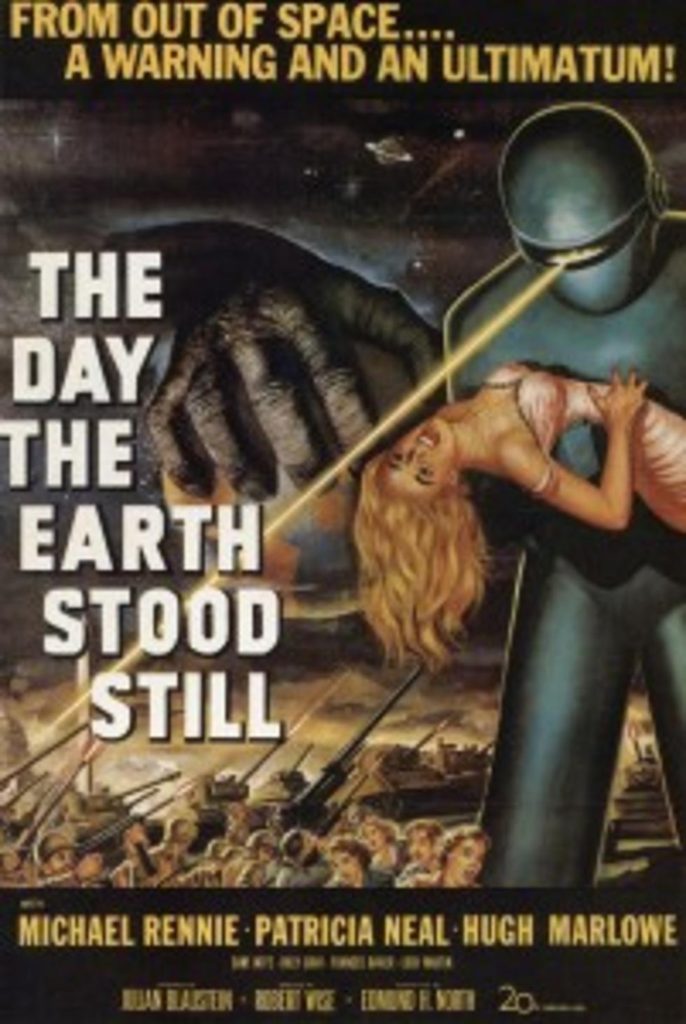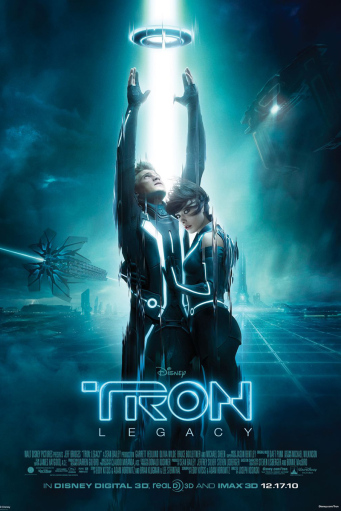| Role | Planning | Shooting | Editing |
| Sound | Done | Done | Done |
| Cinematography | Done | Done | Done |
| Editing | Done | Done | Done |
All posts by Torin K
Filters
TA Chosen film
| Film Chosen | Pan’s Labrynth |
| Time Signature | 59:50-1:02:35 3 minutes and 45 seconds |
| sequence/scene description | ‘The Pale Man’ |
| Micro Elements | Editing, Mise en Scene & Direction |
| Macro Elements | Auteur Theory |
TA first response: Across the universe
Film | Preference /10 | Memorable scene | Film Element Focus |
| Across the Universe | 6/10 | The Princeton Scene | Sound design and Cinematography |
TA First Response: pan’s LABYRINTH
| Film | Preference /10 | Memorable scene | Film Element Focus |
| Pan’s Labyrinth | 10/10 | The Pale Man sequence: Ofelia completes her second task but ignores one of the rules and awakens and is pursued by the Pale Man played by character actor Doug Jones | Mise En Scen: Production design, set design, costumes, makeup and practical effects Editing: Visual effects/ blending of practical and digital effects |
Moonlight, 2016 (Jenkins)
| Film | Preference | Memorable scene | Film Element Focus |
| Moonlight, 2016 (Jenkins) | 7/10 | Fight scene. the culmination of the first half of the film in a single cathartic scene | Cinematography more specifically lighting, cold blue hues from florescent lights and warm orange glows from street lights |
Post colonialism
Subaltern: the lower or colonized classes who have little access to their own means of expression and are thus dependent upon the language and methods of the ruling class to express themselves.
Otherness. it is a concept that describes how minority or less powerful groups are positioned as inferior to dominant groups. It is a marker of difference that is imposed, not adopted. Religious groups are not self-stigmatising.
Orientalism: the process (from the late eighteenth century to the present) by which “the Orient” was constructed as an exotic other by European studies and culture. Orientalism is not so much a true study of other cultures as it is broad Western generalization about Oriental, Islamic, and/or Asian cultures that tends to erode and ignore their substantial differences.
Diaspora: the voluntary or enforced migration of peoples from their native homelands. Diaspora literature is often concerned with questions of maintaining or altering identity, language, and culture while in another culture or country.
Exoticism: the process by which a cultural practice is made stimulating and exciting in its difference from the colonializer’s normal perspective. Ironically, as European groups educated local, indigenous cultures, schoolchildren often began to see their native lifeways, plants, and animals as exotic and the European counterparts as “normal” or “typical.”
Mimicry: the means by which the colonized adapt the culture (language, education, clothing, etc.) of the colonizer but always in the process changing it in important ways. Such an approach always contains it in the ambivalence of hybridity.
Femin film theory
Hidden Figures
I believe that hidden figures supports the author’s argument. Based on a true story, this historical film tells the story of three African American women who worked at NASA and eventually helped launch the astronaut John Glenn in space. While history views this women as invisible, the movie works to celebrate their contribution to American History. Hidden Figures is a 2016 American biographical drama film directed by Theodore Melfi and written by Melfi and Allison Schroeder. It is loosely based on the 2016 non-fiction book of the same name by Margot Lee Shetterly about black female mathematicians who worked at the National Aeronautics and Space Administration (NASA) during the Space Race. The film stars Taraji P. Henson as Katherine Johnson, a mathematician who calculated flight trajectories for Project Mercury and other missions. The film also features Octavia Spencer as NASA supervisor and mathematician Dorothy Vaughan and Janelle Monáe as NASA engineer Mary Jackson, with Kevin Costner, Kirsten Dunst, Jim Parsons, Glen Powell, and Mahershala Ali in supporting roles. Not only does Hidden figures feature an all female main cast, these women are simultaneously African American women, it is a cultural turning point as well as a turning point in the film history, hidden figures is so important for modern culture because it details a little known but vitally important part of American history. It’s a good-hearted look at a time of great change both in the American cultural shifts in the space race and in terms of race and how African American women made their mark at NASA.
Feminist film theory
Male Gaze vs. Female Gaze
The Wolf of Wall Street deploys the traditional ‘Male Gaze’. The film was praised upon release while simultaneously being criticized for supposedly glorifying the debaucherous actions of the characters. The filmmakers intentions of these portrayed actions were misconstrued as supporting these actions rather than displaying the juvenile ‘frat boy’ nature. Throughout the film the main character (portrayed by Leonardo DiCaprio) indulges in sex, drugs and many other condemnable feats, the most prominent of which is the continuous objectification of women, the film failed to send the message it originally set out to achieve.
Creed, released in 2015, was directed by Ryan Coogler, the film deploys the newer ‘Female Gaze’ thanks to its director of photography Maryse Alberi, despite being a very ‘macho’ film about men punching each other the camera does not often objectify these men but rather displays them in full stature and size by moving the camera back and viewing them from outside of the ring and from an audience member’s point of view. At a pivotal point in the film there is a single shot sequence, the camera rotates around the two characters in the ring as the fight progresses, the two minute scene focuses solely on the characters faces, with shots rarely moving below the shoulders.
Feminist Film theory
Science fiction posters
Christ nolan powerpoint
